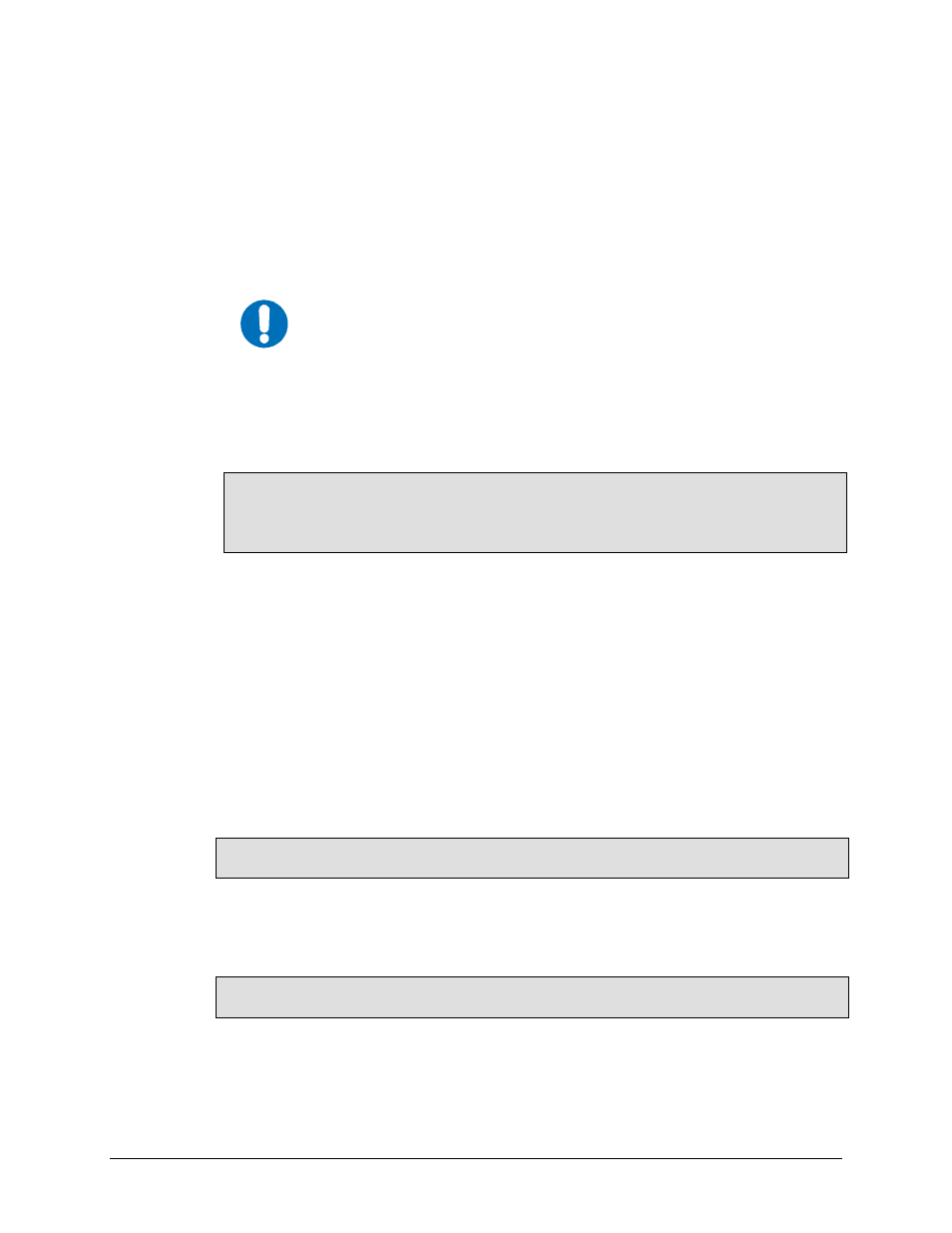Comtech EF Data CSAT-5060 User Manual
Page 56

C-Band Transceiver
Revision 1
Remote Control
MN/CSAT5060.IOM
6–4
6.2.1.2
Address
Up to 9999 devices can be uniquely addressed. In RS-232 and RS-485 applications, the
permissible range of values is 1 to 9999. It is programmed into a slave unit using the Set
Physical Address (SPA) command.
IMPORTANT
The master sends a packet with the address of a slave - the
destination of the packet. When the slave responds, the address used
is the same address, to indicate to the master the source of the
packet. The master does not have its own address.
6.2.1.3
Instruction Code
This is a three-character alphabetic sequence that identifies the subject of the message.
Wherever possible, the instruction codes have been chosen to have some significance.
For example UAT for Upconverter attenuation, UFQ for Upconverter Frequency,
etc. This aids in the readability of the message, should it be displayed in its raw
ASCII form. All commands are case sensitive, only upper case alphabetic
characters may be used (A-Z, ASCII codes 65 - 90).
6.2.1.4
Instruction Code Qualifier
This is a single character that further qualifies the preceding instruction code.
Code Qualifiers obey the following rules:
1.
From Master to Slave, the only permitted values are:
= (ASCII code 61)
? (ASCII code 63)
They have these meanings:
The = code (master to slave) is used as the assignment operator, and is used to indicate
that the parameter defined by the preceding byte should be set to the value of the
argument(s) which follow it.
For example, in a message from master to slave, UAT=12.50 would mean set the
transmit attenuation to 12.50 dB.
The ? code (master to slave) is used as the query operator, and is used to indicate that the
slave should return the current value of the parameter defined by the preceding byte.
For example, in a message from master to slave, ‘UAT?’ would mean return the
current value of the transmit attenuation.
